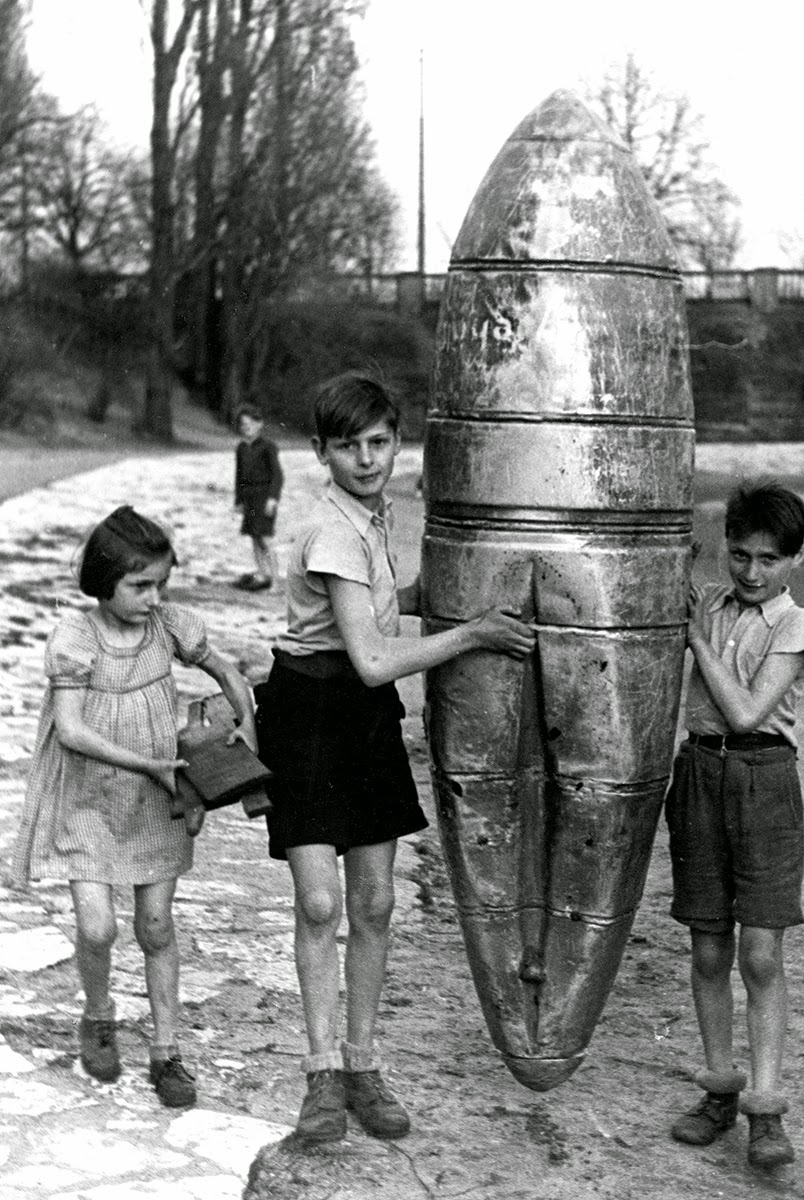Back from the BEA, America's largest book fair, in New York City, feeling like I have walked ten miles per day; and I probably have, also due to the fact that walking back home was faster that taking a bus stuck in traffic (the subway has not opened yet because the escalators are not working; what is this,
Berlin?) ...so, what else is new?
Metadata! The big new thing is metadata, i.e. how to make sure the information about your book in catalogues contains every detail that might possibly be relevant for searches. Because, especially for small publishers, its not about distribution any more, its about discoverability.
Social Media! So, after having told us for years that publishers and authors have to be all over Social Media all the time, new advice from the hilarious panel, "Worst Social Media Marketing Tips," with Ron Hogan, Bill Barnes, Maureen Johnson, and the really funny
John Scalzi, author of
Redshirts, who later also signed his newest book
Look In. To sum it up, re-tweet everything! Re-post everything! Every 15 minutes, if you have to! Never read anything, though. And: Win every argument by badgering everybody, especially if you are a straight white male!
Yet, distribution! After years of having watched Ingram's subsidiary LightningSource cater to PoD-publishers, Baker and Taylor has teamed up with a Short-run and PoD-provider, who will get books into libraries; Bookmaster Inc. Details to follow. Speaking of LightningSource, the company will now offer standard color 70lb paper, starting in July. This is huge progress, and I will use it for our next book,
Berlin 1945, which is heavy in black-and-white pictures.
Translation! While the American herd at the BEA seems to be thinning, there were quite a few international booths, not as Frankfurt, but still, such as Saudi-Arabia, Korea, Russia, Turkey, Mexico, France, and, of course, Germany, evidently the only country that still can afford to offer free chocolate. Translation grants were also a big thing, not only from German (and Austrian) into English, also from French, Russian, Romanian, Bulgarian, and Arabic, mostly for fiction. Also presenting: Amazon Crossing, a translation subsidiary of that Seattle-based Voldemort lookalike.
Yes, Amazon! Not physically present at the BEA — after all, they are busy building their own alternative book planet — , but much talked about, especially with the
Amazon-Hachette fight. I can understand the wailing and I'm outraged as anybody about the Justice Department siding with
Amazon against the Big Five publishers. However, at the end of the day, publishers will need to find a competitive way of selling books, since Barnes & Noble, sadly, can't be counted on.
And, finally, who reads books? This I can tell you: Young girls. The by far biggest and most enthusiastic crowds were young girls lining up for (mostly) female YA authors. So there is hope.


















